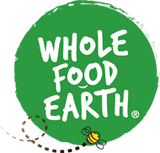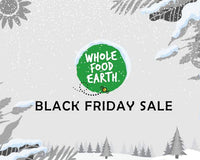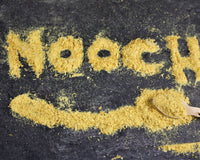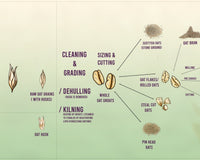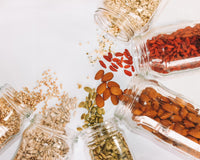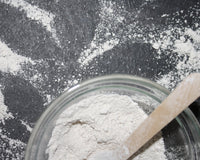What is Gluten?
Gluten is a group of proteins found in grains such as: Wheat, Barley, Rye and Oats. Oats do not naturally contain gluten; however, they can be cross contaminated with gluten when processed Gluten is a protein that is added to many foods for a range of reasons: To add elasticity, flavour, texture, shape, and to help make food rise. It is not an active ingredient; an activation or chemical reaction takes place when wheat flour is mixed with water.
How does gluten affect the body?
For most people, gluten is completely safe to eat. Nonetheless, gluten is not always tolerated by everyone’s body. Some people can be born with (or develop) Celiac Disease or an intolerance/sensitivity to gluten. This is where your immune system attacks your digestive system, causing uncomfortable symptoms from mild to severe. Others can have a wheat allergy, where there is a similar immune response to the proteins in wheat specifically.
Gluten can also be an issue for people who have thyroid issues. The gluten protein (Gliadin and Glutenin) closely resembles the same protein found in the thyroid gland and the body can mistakenly attack this, causing similar issues to celiac disease.
Gluten-free baking?
Luckily, we live in a world where there are plenty of gluten-free alternatives to eat and cook with. Yet, when it comes to baking, you might be wondering- how do you not use wheat flour when that is half the recipe? Gluten-free flours: Rice, almond, coconut, tapioca, cornstarch, teff, sorghum, buckwheat and even potato flour. Finding the gluten-free flour source is the smallest problem in baking.
What you have to consider is how you are going to mimic the structure of gluten with your alternative flour. This all depends on what you are baking. Let us take gluten-free bread for example, bread has a thick and dense texture, so brown rice flour would be a good option as rice flour as it is versatile in its structure. Then compare this to light, thin pastry, a good gluten-alternative would be tapioca flour as it has a fluffy starchy structure. (For more information on wheat-free flours, look to Whole Food Earth)
What is flourless baking?
The clue is in the name, flourless baking is baking without any flour. This may seem strange and impossible at first, however, with a little bit of research you will realise baking flourless is pretty possible, simple and easy.
When considering a gluten-free diet, knowing some flourless recipes in gluten-free baking will help you adjust to it, without worrying about knowing how to blend alternative flours for different recipes. And if you are not up to scratch with your gluten-free organic flour yet, this makes it even easier.
The biggest considerations to have in flourless baking is how to create the same reactions (binding, fluffiness, textural changes, moisture, specific shapes and structures) that flour makes. As well as, thinking what ingredients will do this together.
Some great base ingredients for these recipes include:
Eggs
- Versatile cooking options- sweet and savoury
- Strong structure that holds ingredients together
- Moist, smooth, light texture
Nuts/Nut Butter
- Strong flavouring
- Satisfying and versatile texture
- Strong, dense structure
Chocolate
- Rich flavour
- Fat create moisture
- Fat acts as a binding agent
Yoghurt
- Moisture
- Binders for creamy, smooth texture
- Works well with eggs
Fruit
- Mashed- creature moisture and binds
- Natural sweet flavouring
- Satisfying texture
Gelatine
- Firm, smooth texture
- Binds and sets mixtures
- Creature and stabilises structures
Do all grains contain gluten?
When searching for gluten-free grains you have to be careful with identifying the ingredients. The biggest grains to completely dodge are Wheat, Barley, Rye and Triticale as they all contain gluten. They should all show up in bold font on the ingredients list as gluten is a large known allergen. Be careful when looking at your ingredients, even if they don’t include these wheat products as there can be a chance of cross contamination. This tends to be mentioned on the packaging or in the list of ingredients.
Some important gluten-free grains to note are: Rice, Quinoa, Corn (Maize), Millet, Buckwheat, Teff, Sorghum, Amaranth, Tapioca, Arrowroot and Chia Seeds.
